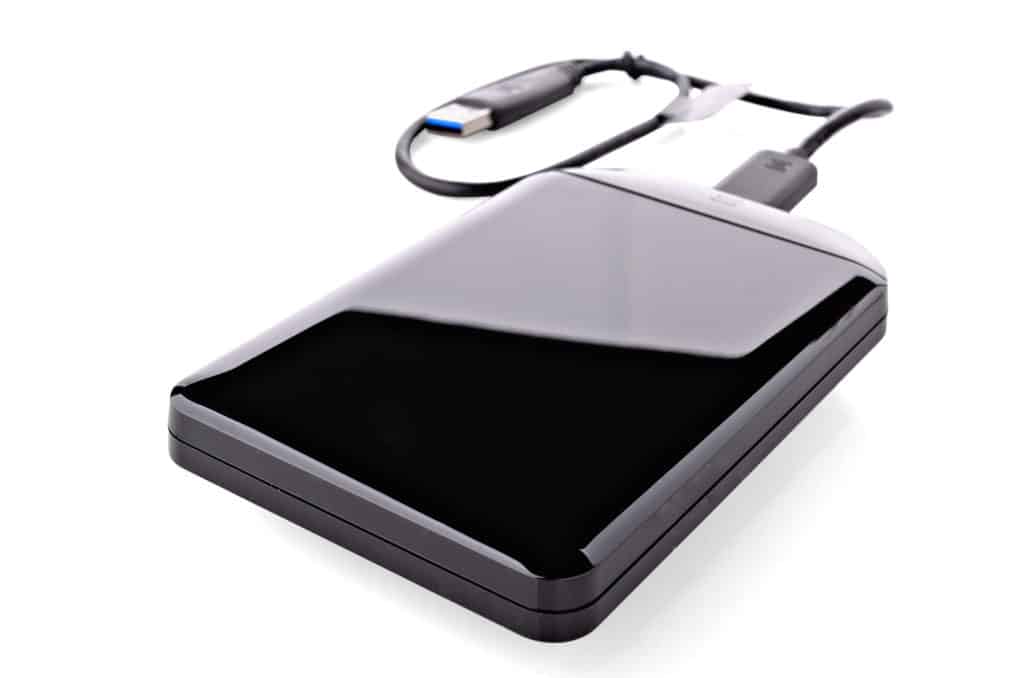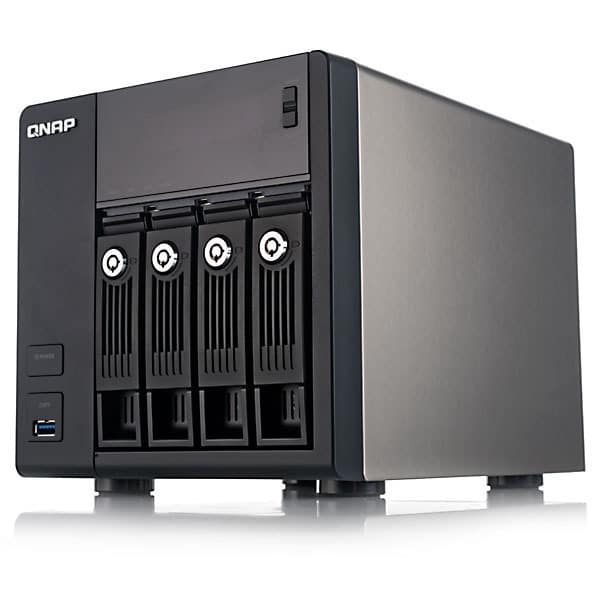How Much External Storage Do You Need?

The article is over 5 years old. The information in it may be outdated.
![]()
We are working on its update. In the meantime, you can read some more recent articles.
Throughout history, humanity has wrestled with a series of vexing questions: Why are we here? Is there life after death? How will the universe end? Is my external hard drive big enough?
Tough questions, all. Let’s tackle the last one first.
Between high-resolution d-SLRs, high definition videos and the ever-increasing resolution of smartphones, you can quickly pile on the gigabytes. And that’s just imaging — your digital life almost certainly includes music files, documents and games that need backing up too.
Fortunately, we can do some rough calculations that can help guide your thinking. The first number we need is six — that’s the average number of years you can expect from your external hard drive. Next, we need to take a quick inventory of your typical digital year: how many photos and videos you take, how much digital music you purchase (or, um, “borrow”), how many documents you create. (Windows Explorer will let you group files by date and by selecting Properties, see the total file size of a given folder.)
Once you know what a typical year looks like, you can begin to extrapolate. So if you produced 200GB worth of digital data in 2013 and you’re going to buy a drive in 2014 that will last approximately until 2020, you’ll need a drive that is 1.2TB in size (make it 2TB since you won’t find a 1.2TB drive).
Not So Fast
But you can’t make such a simple extrapolation, because you’ll likely wind up underestimating how much storage you need. Why? Because you’re almost certainly going to upgrade your phone over the next six years (at least three times, if not more), which means increasingly higher-resolution phone images. You’re also likely to upgrade your camera at least once in this time, and it too will produce larger still and video file sizes. If you’re an avid video-taker, you’ve got to consider the transition from high definition to Ultra High Definition (or 4K) which produces files that are at least twice the size of a typical HD movie file.
Then there are prospective life events. If there’s a baby in your near-term future, the “average” amount of photos and videos you take is going to change. Big time. As they say in the world of finance, past performance is not a guide to future returns. Your files get bigger, not smaller, over time and your habits will probably change in favor of capturing more information, not less.
One way to preserve some flexibility in your external storage options is not to simply buy the largest capacity standalone drive you can find but to buy a system that works with interchangeable drives (often called a “RAID Array”). Rather than buy a single 3TB hard drive, you can buy an array of three, 1TB hard drives. The virtue of such a system is that these drives are interchangeable, so that if you exceed 3TB of storage, you can swap out one of the drives an insert another. If your storage needs are more modest, you can configure one of the drives to mirror another and duplicate all your information in the event one of the drives fails (and remember, they all will, eventually).
The moral of the story: buy more storage than you think you’ll need, as you’ll probably end up using it all (and then some).

Pablo
Interesting read, and yes it is one on the big questions in life :)
Why would you buy all the storage capacity until 2020 now? Equally certain that you will underestimate your storage need – the prices of hard drives will continue to fall. Buy a 1TB drive today, a good bottle of wine this Friday and a 5TB drive in 2017.
The total will probably be less than 3TB today